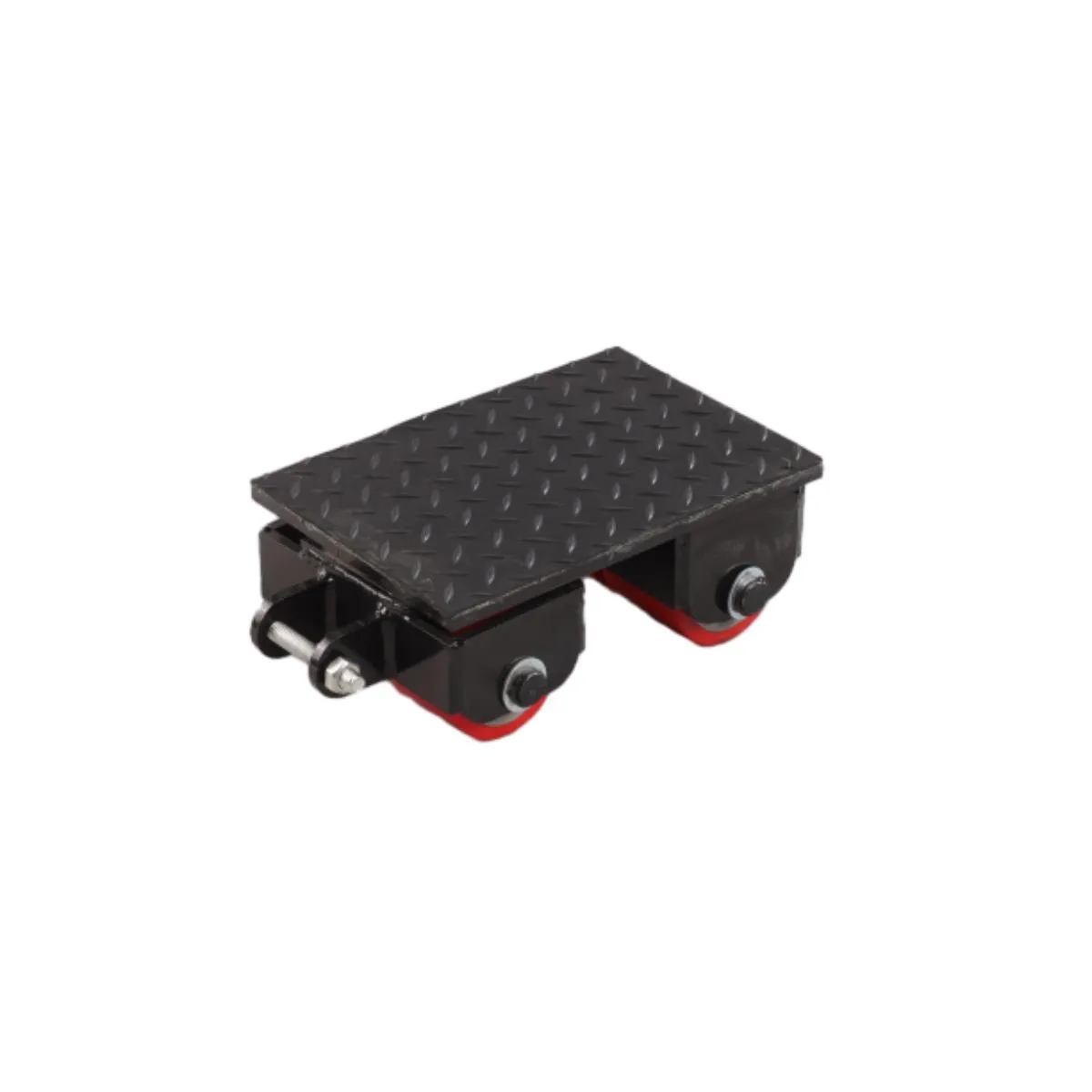heavy machinery relocation
Heavy Machinery Relocation A Comprehensive Guide
The relocation of heavy machinery is a crucial aspect of many industries, including construction, mining, and manufacturing. As businesses grow or shift operations, the need to transport large, cumbersome equipment from one location to another becomes a common challenge. This process can be complex and demanding, requiring careful planning, skilled personnel, and the right tools to ensure a safe and efficient move.
Understanding the Importance of Heavy Machinery Relocation
The relocation of heavy machinery is not merely a logistical hurdle; it impacts operational efficiency, production timelines, and safety. Heavy equipment, such as excavators, cranes, bulldozers, and generators, is often indispensable to projects, and their downtime can result in significant financial losses. Therefore, businesses need to approach relocation with a strategic mindset to minimize disruptions.
Planning the Relocation Process
A successful heavy machinery relocation begins with meticulous planning. Several factors must be considered
1. Assessment of Equipment Before proceeding with the move, it is essential to assess the machinery involved. This includes knowing the weight, dimensions, and specific requirements for disassembly and reassembly. Understanding the condition of the equipment also helps in determining if any repairs or upgrades are necessary before the transition.
2. Site Evaluation Both the current and new locations should be evaluated to ensure they meet the necessary requirements for the machinery. This includes assessing access routes, ground strength, and any potential obstacles such as power lines or uneven terrain.
3. Logistics and Transportation The logistics of transporting heavy machinery involve selecting the right vehicles and equipment for the job. Flatbed trucks, lowboys, and cranes may be necessary, depending on the size and weight of the machinery. Additionally, securing all necessary permits and ensuring compliance with local regulations is critical to avoid fines and delays.
4. Scheduling Timing is key in machinery relocation. Schedules should be coordinated to accommodate transport availability and operational needs, ensuring that moving activities do not conflict with ongoing projects.
heavy machinery relocation

5. Safety Protocols Safety should always be a priority during heavy machinery relocation. This involves not only ensuring the machinery is secured and transported safely but also implementing safety procedures for the personnel involved in the move. Training and protective gear should be mandatory.
Executing the Move
With planning in place, the actual relocation can begin. This stage involves several steps
- Disassembly If required, disassembling the machinery should be done carefully and efficiently. Proper labeling of components can facilitate a smoother reassembly at the new location.
- Loading and Transport Heavy machinery must be loaded onto transport vehicles with great care. Using specialized machinery like cranes can help in this process. Secure the load properly to prevent shifting during transport, which can lead to damage or accidents.
- Unloading and Reassembly Upon arrival at the new site, careful unloading is crucial. Depending on the machinery type, it might also require reassembly, which should be done following the manufacturer’s guidelines to ensure optimal functionality.
Post-Relocation Considerations
After the relocation is complete, it is essential to conduct a thorough inspection of the machinery. This step ensures that everything is functioning properly and that no damage occurred during the move. Additionally, it is wise to evaluate the overall relocation process to identify areas for improvement in future relocations.
Conclusion
Heavy machinery relocation is a significant undertaking that requires thorough planning, coordination, and execution. By following best practices and prioritizing safety, businesses can successfully move their critical equipment with minimal disruption to operations. As industries continue to evolve, understanding and mastering the art of machinery relocation will remain vital for achieving efficiency and success in heavy equipment-dependent sectors.
-
Unlock Seamless Relocation with Our Heavy Equipment Moving ExpertiseNewsJun.06,2025
-
Unleash Unrivaled Flexibility with Our Adjustable Gantry CraneNewsJun.06,2025
-
Unleash Heavy-Duty Efficiency with Our Industrial Gantry Crane SolutionsNewsJun.06,2025
-
Revolutionize Steel Handling with Our Magnetic Lifter RangeNewsJun.06,2025
-
Master Equipment Mobility with Premium Machinery Mover SolutionsNewsJun.06,2025
-
Elevate Your Material Handling with Magnetic Lifter TechnologyNewsJun.06,2025
-
YS Permanent Lifting Magnets: The Smarter Way to Handle SteelNewsMay.22,2025
